As a major player in the global timber market, Ghana continues to grapple with the challenge of managing the waste (sawdust) generated during timber processing.
Sawdust is often either dumped, causing environmental eyesores, or burned in the open, a common but hazardous practice that contributes to air pollution and poses significant health risks.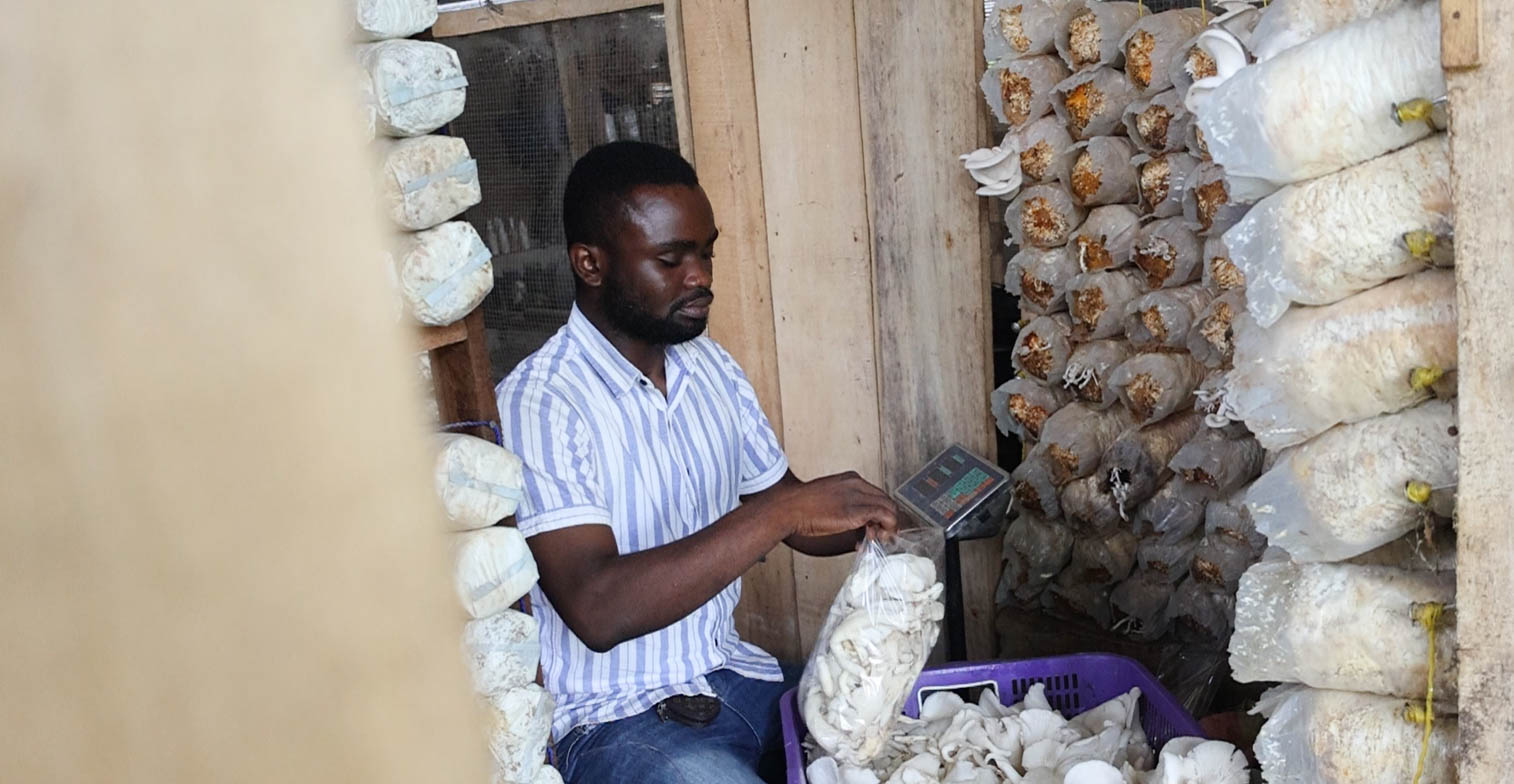
During his final year at university, Gideon Enyinful Andoh attended an international conference sponsored by the Network for Water and Life. The event brought together students from across the globe, including participants from Switzerland, Côte d'Ivoire, and beyond.
It was after this conference that participants were invited to propose applied research projects, an opportunity that marked the beginning of Gideon’s journey.
“I realized that Ghana produces a significant amount of timber, yet the sawdust generated is simply burnt by most timber companies. I saw potential in using this waste for mushroom cultivation, so I focused my project on that idea,” Gideon shared.
After submitting their proposals, Gideon and five other participants each won a grant of 4,000 CHF to bring their ideas to life. With the guidance of his supervisor, they approached the dean of their faculty and secured a space to begin their mushroom production. "Even after the project ended, we’ve continued to operate from that same space,” he said.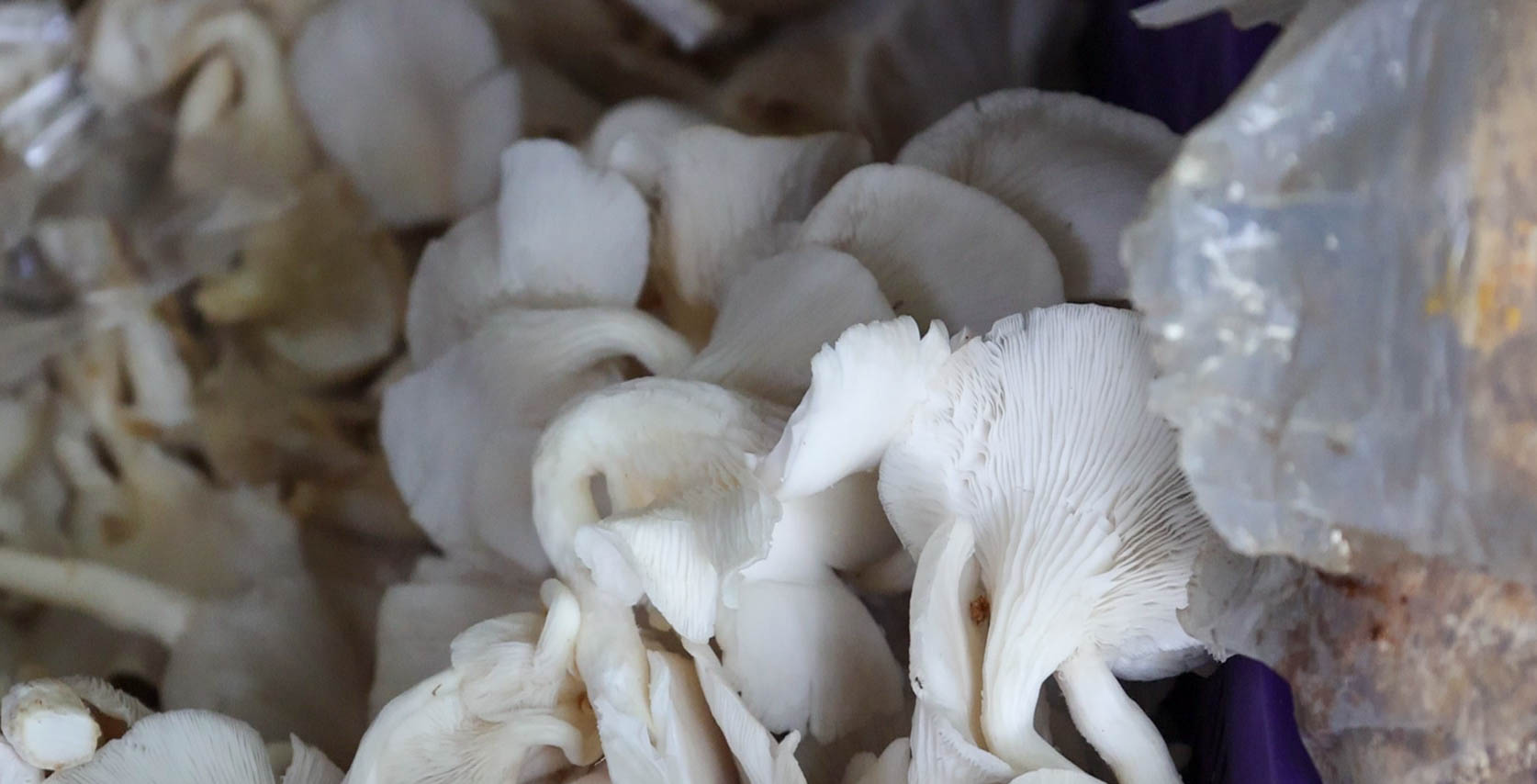 Gideon’s team currently cultivates oyster mushrooms using sawdust as the primary substrate, aligning with the project’s original focus.
Gideon’s team currently cultivates oyster mushrooms using sawdust as the primary substrate, aligning with the project’s original focus.
"We transport the sawdust to our production site, where we initiate a decomposition process by mixing it with rice bran and lime. These additives are carefully measured in specific ratios to ensure optimal decomposition and, ultimately, a good yield,” Gideon explained.
“Once decomposed, we proceed with bagging the substrate using special materials. The bags are then sterilized to eliminate all living organisms and microorganisms. After cooling to room temperature, we inoculate the bags with mushroom spawns and allow the mycelium to fully colonize them before arranging them in the grow room.

The whole process takes about three months, after which the mushrooms begin to sprout. Harvesting continues for two weeks up to three months. Interestingly, the waste left after harvesting is reused as compost to grow crops,” he added.
What began as a single student’s final year thesis has transformed into a dynamic ecosystem where theory meets practice.
“Over the years, we’ve welcomed several students conducting their research here. Our research spans various areas exploring different substrates, examining the effect of various sawdust species on yield, and even nutritional analysis. We’ve had particularly exciting findings using groundnut peels. We are still exploring how to optimize and scale mushroom production using different materials,” Gideon revealed.
Like many ventures rooted in experimentation and sustainability, Gideon’s path has been marked by both setbacks and breakthroughs.
“It hasn’t been smooth. We’ve faced numerous setbacks that pushed us to develop better substrate formulations. I remember our first and second productions were successful, thanks to an expert’s assistance. However, with our third attempt, we got nothing from about 2,000 bags. That’s when we realized the importance of matching formulations to specific mushroom species,” Gideon recalled.
Today, Gideon has fine-tuned his production methods and now cultivates between 2,500 to 3,000 bags.
“We’re aiming to scale up to 15,000 or even 20,000 bags per cycle, with a long-term goal of reaching 50,000. We’re also exploring spawn production and venturing into lesser-known local mushroom varieties that haven’t been studied much.”
Their initiative goes beyond production, it’s a movement that blends education, entrepreneurship, and community development single impactful project.
“We offer training to students from our college and others. Organisations like Cosmos Innovation Centre (KIC) also reach out to us for training programs. So far, four of our trainees have started their own mushroom farms, and we’re incredibly proud of them.”
He continued, “Sometimes, we hire students to help with bagging and pay them. Others work with us on a part-time basis and receive monthly stipends. It’s our way of promoting entrepreneurship and supporting students in alignment with our college’s mission.”
Reflecting on his journey, Gideon said, “I started all of this in my final year as an undergraduate in 2022 while working on my thesis. It wasn’t easy juggling everything, but the experience has been invaluable. I have no regrets.”
His advice to aspiring entrepreneurs? “If you have the capital and want to venture into mushroom farming, don’t hesitate. Just make sure to acquire the right knowledge. The demand is high, and it’s absolutely worth the investment.”
Gideon has not only created a thriving mushroom production enterprise but also a collaborative space for research, training, and empowerment. What started as a simple university project has blossomed into a pioneering initiative that addresses environmental waste, supports student development, and fosters entrepreneurship.

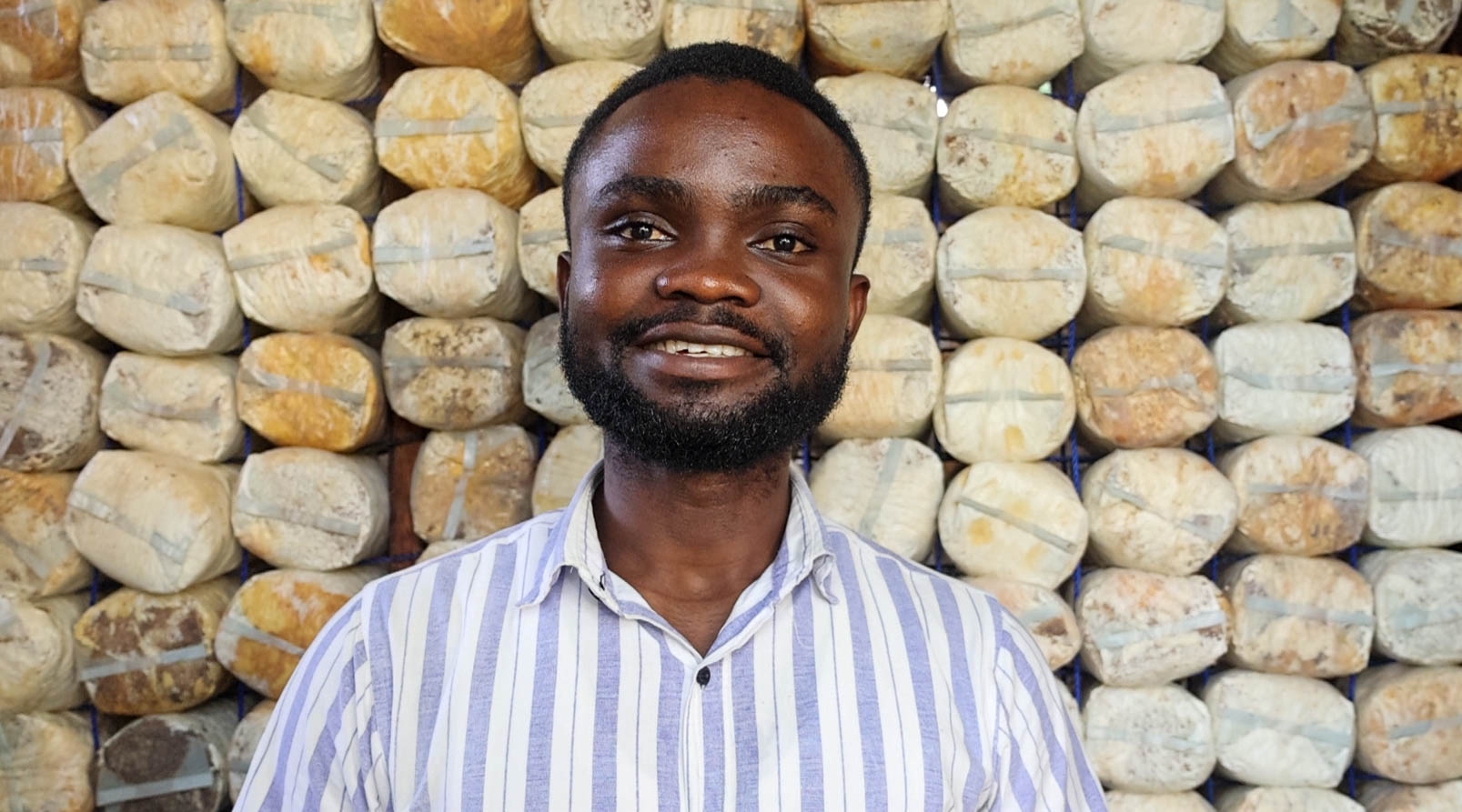

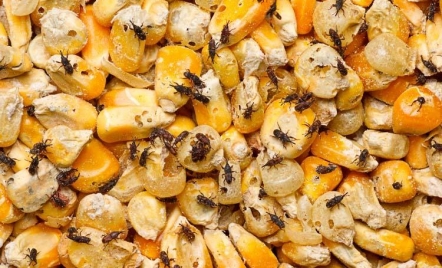

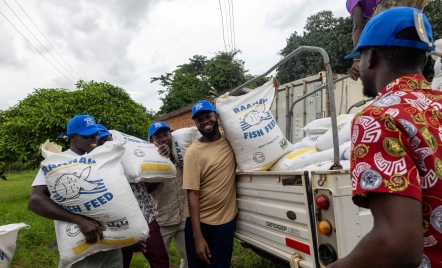
Comments